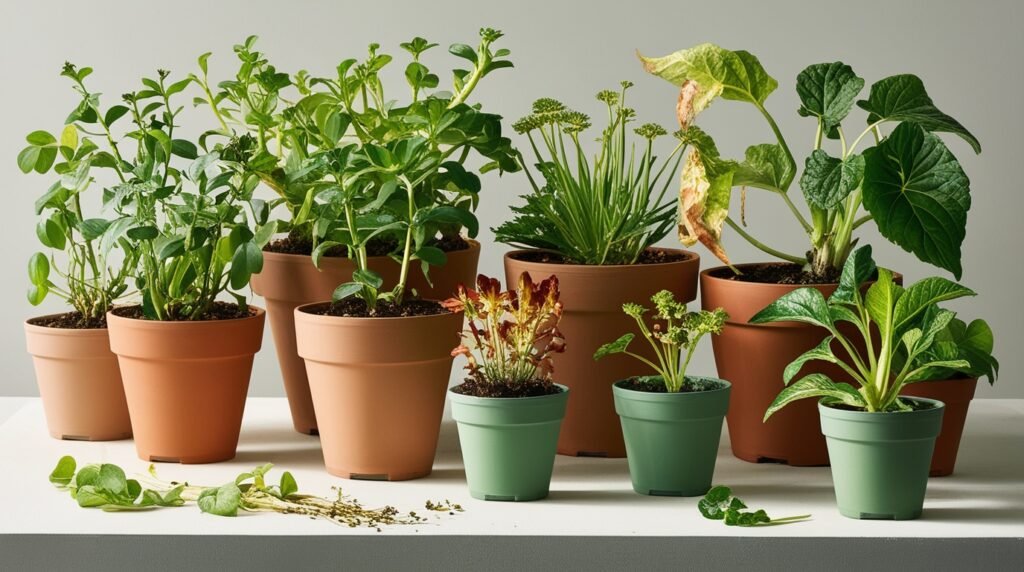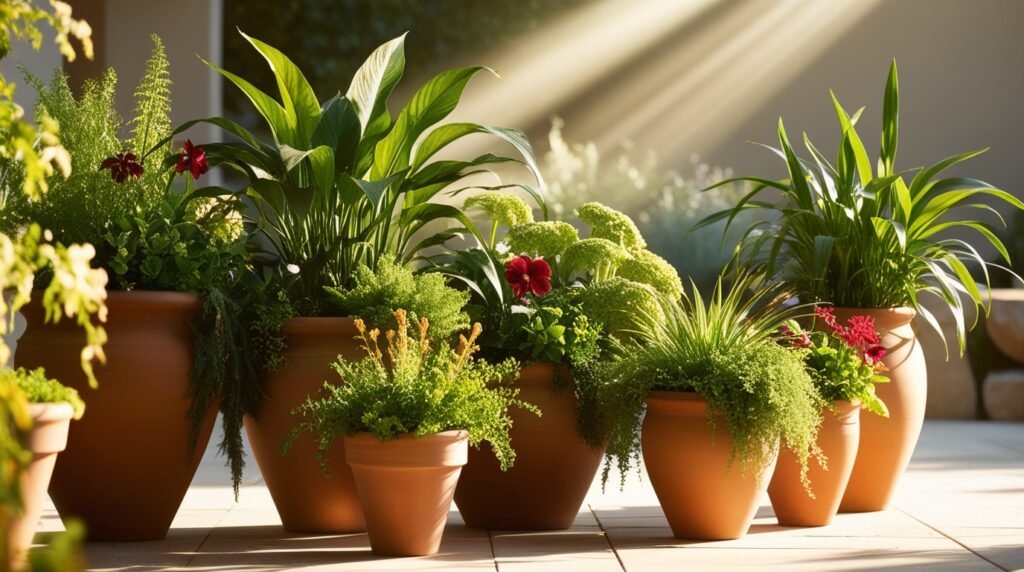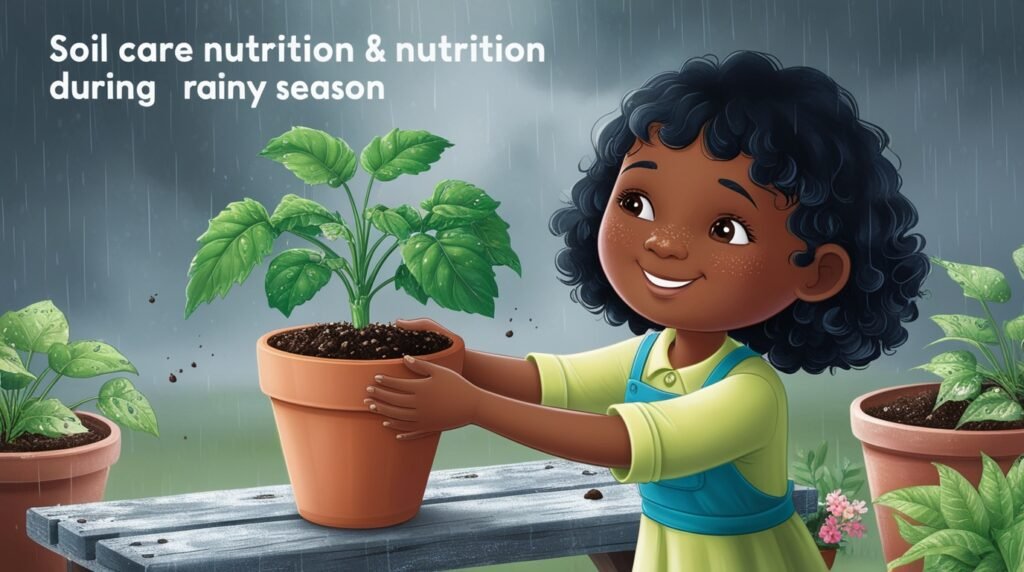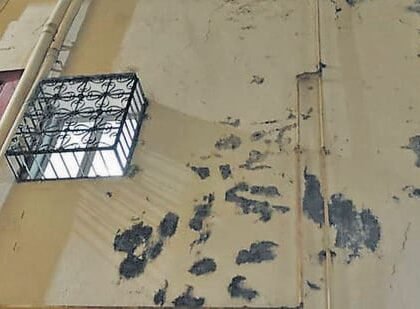A Complete Guide to Keeping Your Plants Healthy in Rainy Season
Rainy Season brings refreshing changes in the environment. While a cool shower brings relief from the heat and provides much-needed hydration to your garden, it’s also a time when plants can face certain challenges.
Knowing the effects is the Rainy season on vegetation
Adaptation of water intake during the Rainy Season
Change the frequency of watering: Rain provides a lot of moisture, which means you should stop watering. Before watering, always test the soil moisture level with your finger. If the top two inches are still wet, stop watering.
Ensure proper drainage: For both indoor and outdoor plants, it is crucial to ensure that the pot or bed has good drainage. Rainwater can easily accumulate in pots, causing root rot. Make sure your pots have drainage holes and consider adding a layer of gravel or gravel to the bottom to improve water flow.
Choose well-drained soil: It is essential to use well-drained soil to prevent waterlogging during monsoons. For potted plants, you can mix sand or perlite into the soil to improve its drainage.
Lorem ipsum dolor sit amet, consectetur adipiscing elit. Ut elit tellus, luctus nec ullamcorper mattis, pulvinar dapibus leo.
Prevention of fungal infections and pests

The damp environment that comes with monsoons creates a perfect environment for fungal infections and pests to thrive. If not managed properly, it can cause plant diseases that can damage or even kill your plants.
Fungal resistance: Fungi-like powdery mildew and root rot are common problems during monsoons. To prevent fungal infections, make sure your plants have good air circulation. For outdoor plants, space them properly and trim overgrown branches. Indoors, consider placing a fan near your plants to improve ventilation. Organic fungicides can also be applied as a preventive measure.
Pest Control: The rainy season often brings infestations of pests such as snails, slugs, and mosquitoes. For outdoor plants, sprinkle diatomaceous earth around your garden to keep these pests at bay. Neem oil sprays can help control both insect and fungal infections.
Adjust sunlight and placement

Move plants to a brighter spot: For outdoor plants in containers, consider moving them to a spot where they can get more sunlight during the few hours when the sun shines through the clouds. Indoor plants should be placed near windows where they can absorb natural light, or you can supplement them with artificial grow lights.
Shelters plants from excessive rain: Some plants, especially those in containers, cannot tolerate continuous heavy rain. If possible, move potted plants under a shelter or indoors during heavy rains For plants that cannot be moved, covering them with a temporary canopy can protect them from excessive water.
Soil care and nutrition during Rainy Season

Aerate the soil: Aerating your garden soil is important to ensure proper drainage and oxygen supply to the roots. You can do this by lightly mowing the soil or using an air-powered tool. For potted plants, use a chopstick or thin rod to poke holes in the soil to increase aeration.
Avoid over-fertilizing: Rainy seasons can wash away nutrients, but that doesn’t mean you should over-fertilize. Over-fertilizing during this time can cause nutrient imbalances, which can harm your plants. Stick with a balanced, slow-release fertilizer and avoid using too much nitrogen, as this can promote fungal growth.
Caring for indoor plants during monsoons

Control humidity: High humidity levels can cause mold and mildew on indoor plants. To control this, ensure proper ventilation by using fans or opening windows when it is not raining. You can use a dehumidifier to maintain optimal humidity levels inside your home.
Keep leaves dry: Wet leaves are a breeding ground for fungal infections. If your indoor plants get wet due to increased humidity or accidental punctures, wipe them with a soft cloth to keep them dry.
Rainwater harvesting for plant care
Collect and store rainwater: Use rain barrels to collect rainwater from gutters or open spaces. Make sure your collection containers are covered to prevent mosquito breeding. This stored rainwater can be used to water your plants on dry days.





